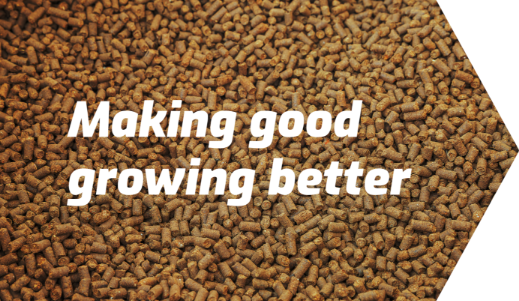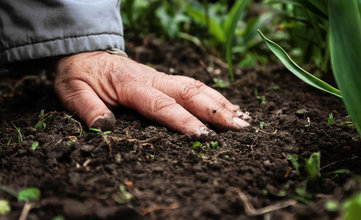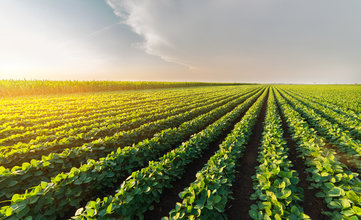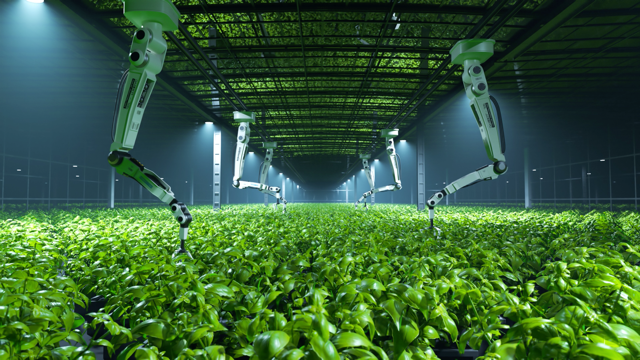
What is regenerative agriculture?
Regenerative agriculture can mean many things to a lot of people, from precision ag to organic farming. At its heart, regenerative agriculture is about restoring soil health.
The regenerative agriculture movement has gained a lot of attention in recent years, mostly in the organic farming sector, and conventional agriculture is taking notice.
And the reason is clear. Over time, modern farming practices have put a lot of stress on the soil, and farmers are looking for ways to fix that and produce commercial-scale crops more sustainably.
Strategies like no-till, cover crops, and manure fertilization aim to restore, build, and maintain soil health. These regenerative practices are bringing time-tested farming techniques back into present-day agriculture.

Successful regenerative agriculture uses new technologies and new tools to help farmers get their soil back in shape and keep it that way.
Darling Ingredients and Nature Safe believe in regenerative agriculture. Our focus has always been on providing the essential building blocks of soil health, like amino acids, peptides, proteins and minerals, so farmers of all stripes can continue to farm efficiently and productively.
Feeding living soil, not just crops
Synthetic fertilizers were introduced in the 1950s and ’60s. These products deliver macro and micronutrients specific to individual crop needs. Corn is a big user of nitrogen, for example, while alfalfa requires a lot of sulfur.
The agricultural industry has spent a lot of time figuring out how to feed certain plants, and synthetic fertilizers are valuable tools in this effort.
But we can’t lose sight of the fact that soil is alive with microbial activity, and overusing synthetic fertilizers can severely damage microbial life and, ultimately, reduce the soil’s capacity to produce food.
Regenerative agriculture sees soil health as a facet of plant nutrition and crop productivity. It requires a shift in thinking about fertilizer: what we use, how we use it and when we use it.
It’s important because, whether we like it or not, farming is changing.
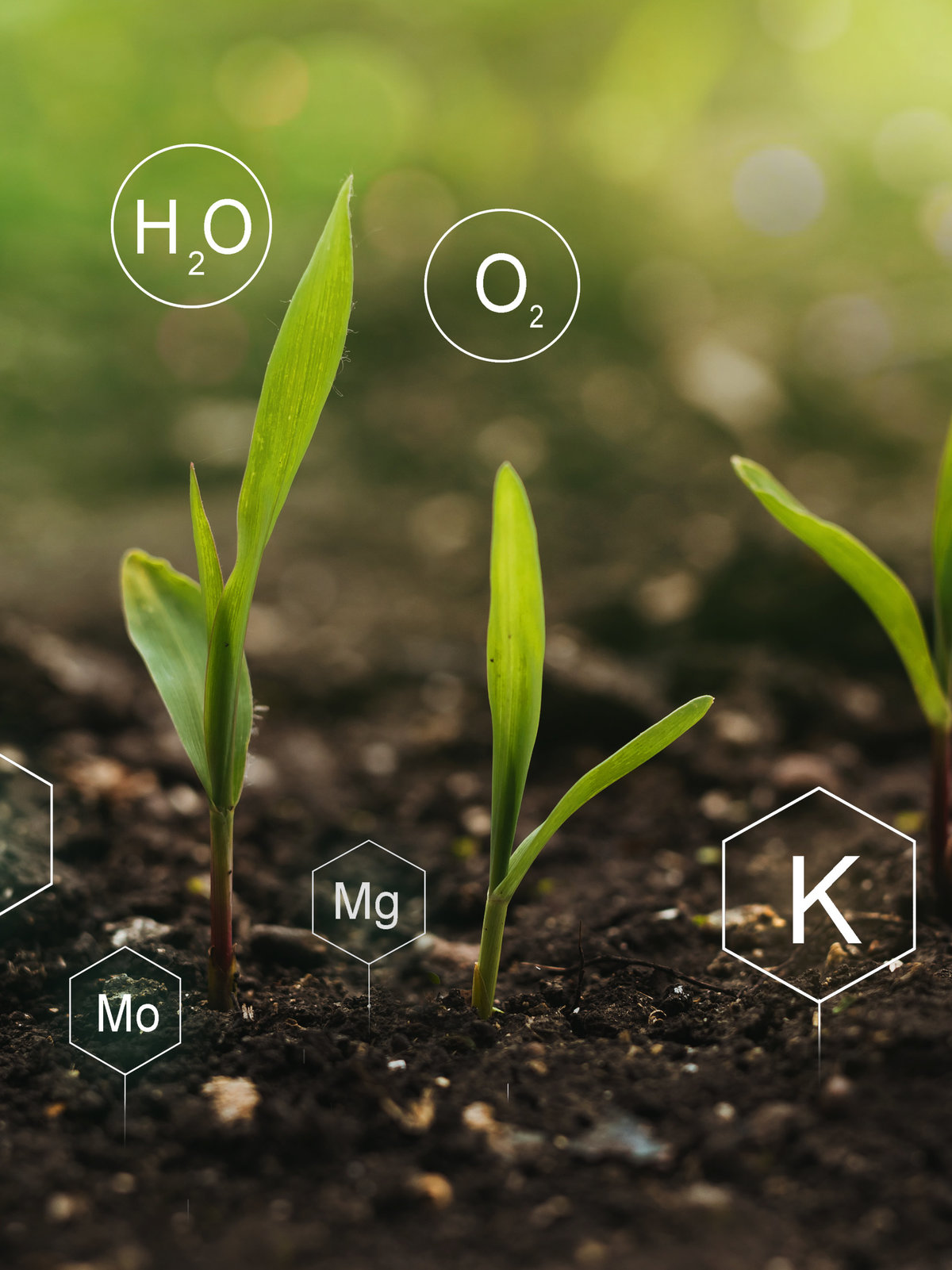
Regenerative Agriculture
Consumer power can't be ignored
We can’t ignore the power of consumers in the regenerative agriculture movement. Over the last few decades, rising consumer demand for organic food has encouraged many growers to take a closer look at farm practices and soil health and make the switch to organic production.
Organic agriculture started small, but by the early 2010s, things began to take off. In fact, from 2011 to 2016, the number of organic farms in the U.S. rose by 56%, and organic farm sales rose from $3.5 billion to $7.6 billion during the same period.1
While organic production still represents only a fraction of U.S. agricultural land and output, organic foods have well and truly gone beyond the farmers’ market niche and now regularly fill the shelves at grocery stores.
Organic production is the entry point for most farmers thinking about regenerative agriculture. But at Nature Safe, we believe there’s plenty of opportunities for conventional farmers to adopt some of the aspects of regenerative ag and use it to restore the soil in their systems, too.

Organic vs. Synthetic Fertilizers: How They Work
The key is to focus on soil health, regardless of farm type. If we know that synthetic fertilizers can damage microbial life, then the obvious question is: what can repair it?
Nature Safe builds our organic fertilizer products around amino acid content, much like synthetic fertilizers are based on urea or nitrogen content. Why amino acids? Because they are the building blocks that soil microbes need to live and thrive. In fertilizer, amino acids play another vital role because they chelate minerals, making them plant available.
Through a process known as mineralization, soil microbes break down organic matter to release nutrients in a form that plants can access. Without this, nutrients remain immobile in the soil because they’re in the wrong state, like how humans can’t breathe liquid oxygen until it’s converted to a gas.
With organic fertilizers, the nutrient release process is gradual. Contrast this with synthetic fertilizers, which are mineralized salts. They’re great because salt is highly soluble, so nutrients are available to the crop when it dissolves.
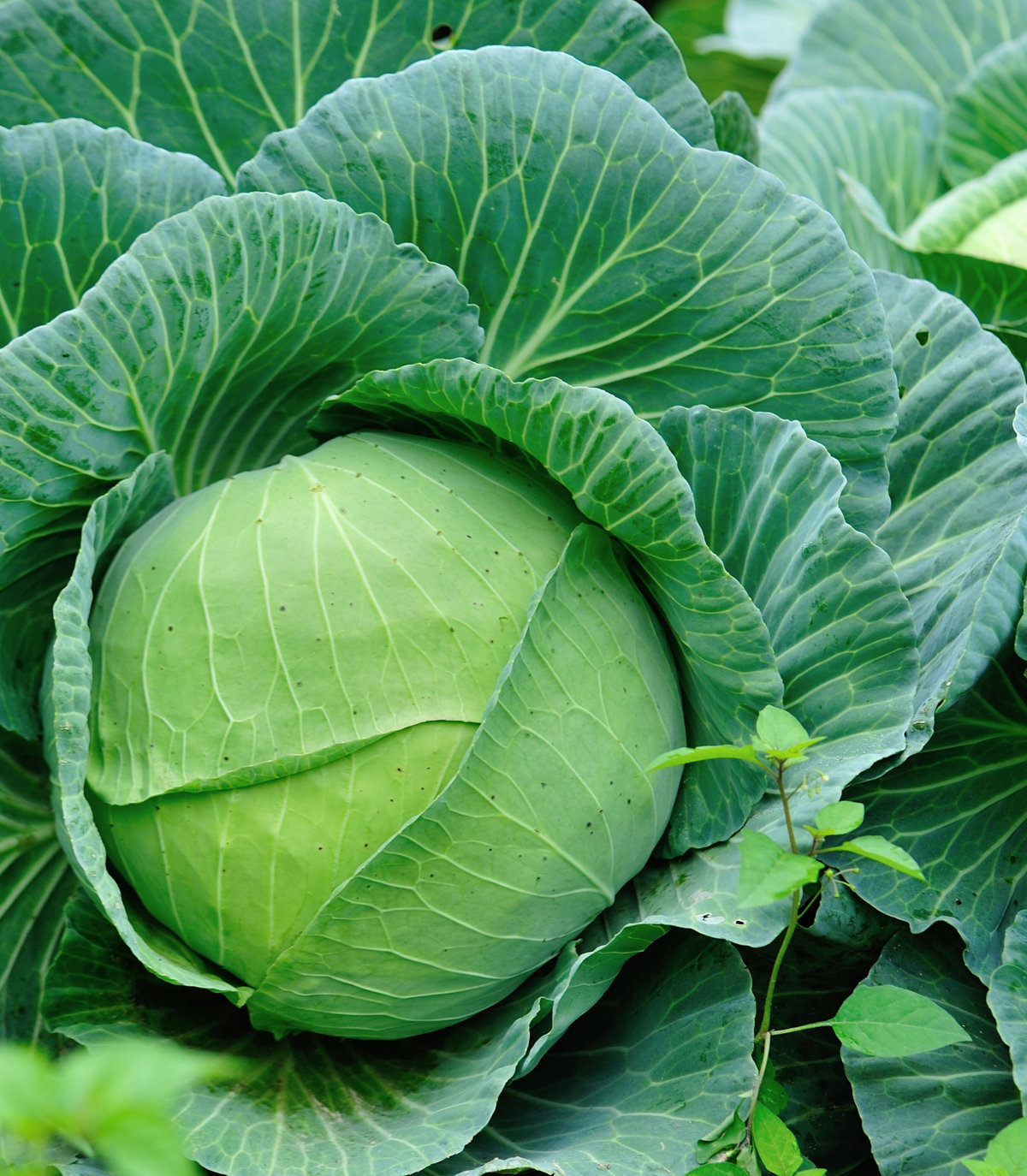
Is Organic Growing Backed by Science?
We understand the skepticism when it comes to organic fertilizers. They have a history of being somewhat hit and miss in terms of predictable, measured nutrient delivery, and they cost more than synthetics.
Organic fertilizer has come a long way. Nature Safe products are highly formulated, analyzed, field-tested, validated and backed by science, so we know they do what we say they’ll do.
Research and field tests done by independent institutions show that Nature Safe exponentially increases soil microbial activity, performs well in cool soils and can even work to suppress some soil nematodes and disease pathogens.
Nature Safe organic fertilizers have slower nutrient release compared to synthetics, but the nutrient content is 100% available, and they offer predictable release over an 8- to 12-week period.

Calculating the ROI of Organic Fertilizer products
We are not suggesting conventional farmers make a total switch from synthetic to organic fertilizer but rebuilding soil health should be part of an overall fertility plan. There’s an economic benefit to looking at your crop plan and soil needs and figuring out where Nature Safe organic fertilizers can be applied.
When you sit down with your farm manager every year, you’re looking at net profit per acre. So, if you can replace 100 pounds of synthetic fertilizer with 40 pounds of Nature Safe, get the same yields and improve the soil — that’s a win.
It means thinking differently about input cost vs. benefit. Nature Safe fertilizers cost more than synthetics, but they deliver part of the nutrient package you need in an available form with a predictable timeline while not taking any extra time to apply. We’re offering something more than just a price per ton at the outset; this is something many turf managers worked out long ago.
Can You Practice Regenerative Ag on Conventional Farms?
The standard narrative is that there’s a constant battle between organic and conventional farmers, but we don’t see it this way. We believe that all farmers care about sustainability and the environment and want to leave the land in good shape for the next generation. Without productive land, there is no business for farmers.
Conventional farmers have been practicing regenerative agriculture since long before the organic movement took off. No-till, for instance, has been around for well over 30 years, and farmers do this to maintain soil moisture, increase organic matter, reduce erosion and sequester carbon.
More recently, farmers have added new tools to the soil health toolbox, including precision agriculture, which uses digital mapping and GPS to target pesticide and fertilizer applications and reduce input use.
Nature Safe organic fertilizers are for the modern, conventional farmer interested in expanding regenerative agriculture techniques on their land. Rebuilding soil is as regenerative as farming gets.
Related Article: Transitioning to Regenerative Organic Agriculture
Nature Safe: a tool of regenerative agriculture
The general public sometimes doesn’t understand the investment farmers make – the risks are high, and returns can be low. Growers have to think about their land and bottom line while growing abundant, affordable, high-quality food.
At Nature Safe, we understand that regenerative agriculture will require a shift in thinking about everything from input choice to how profitability is measured.
Are we experts in regenerative agriculture? No. But we understand soil health and plant nutrition and we know our products stand to improve every aspect of farming.
Footnote
1) Pew Research Center, Organic farming is on the rise in the U.S., https://www.pewresearch.org/fact-tank/2019/01/10/organic-farming-is-on-the-rise-in-the-u-s/
